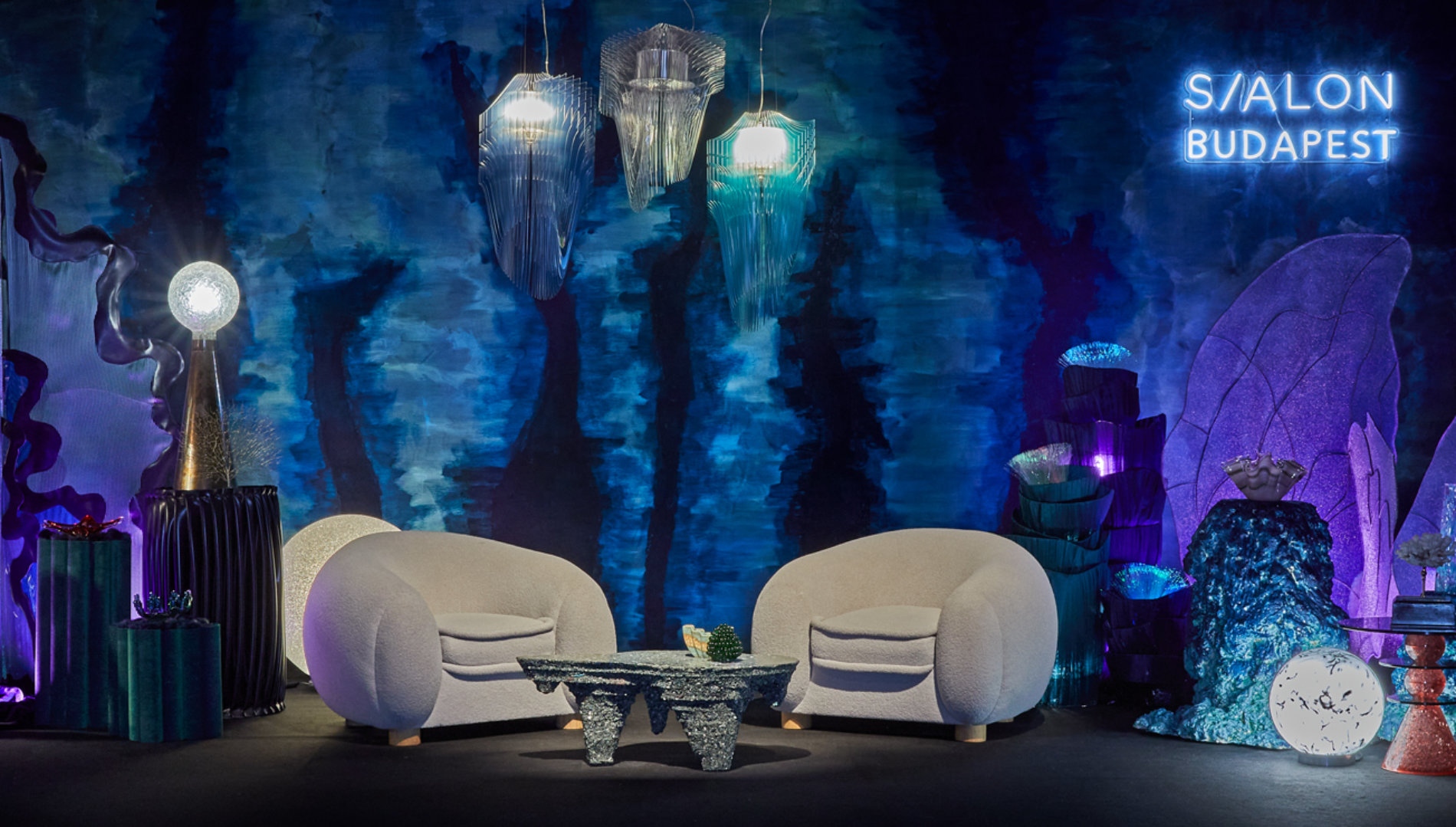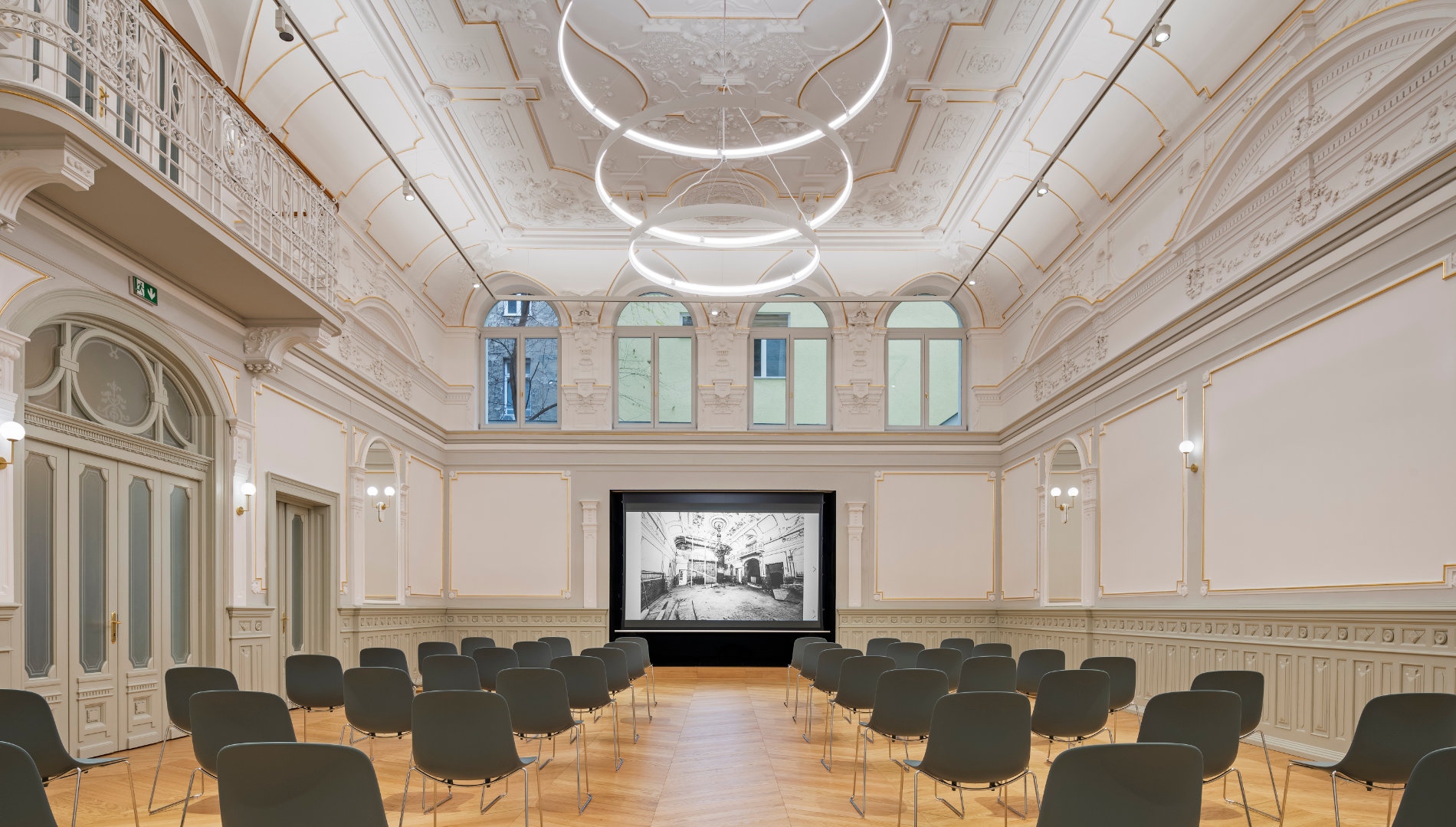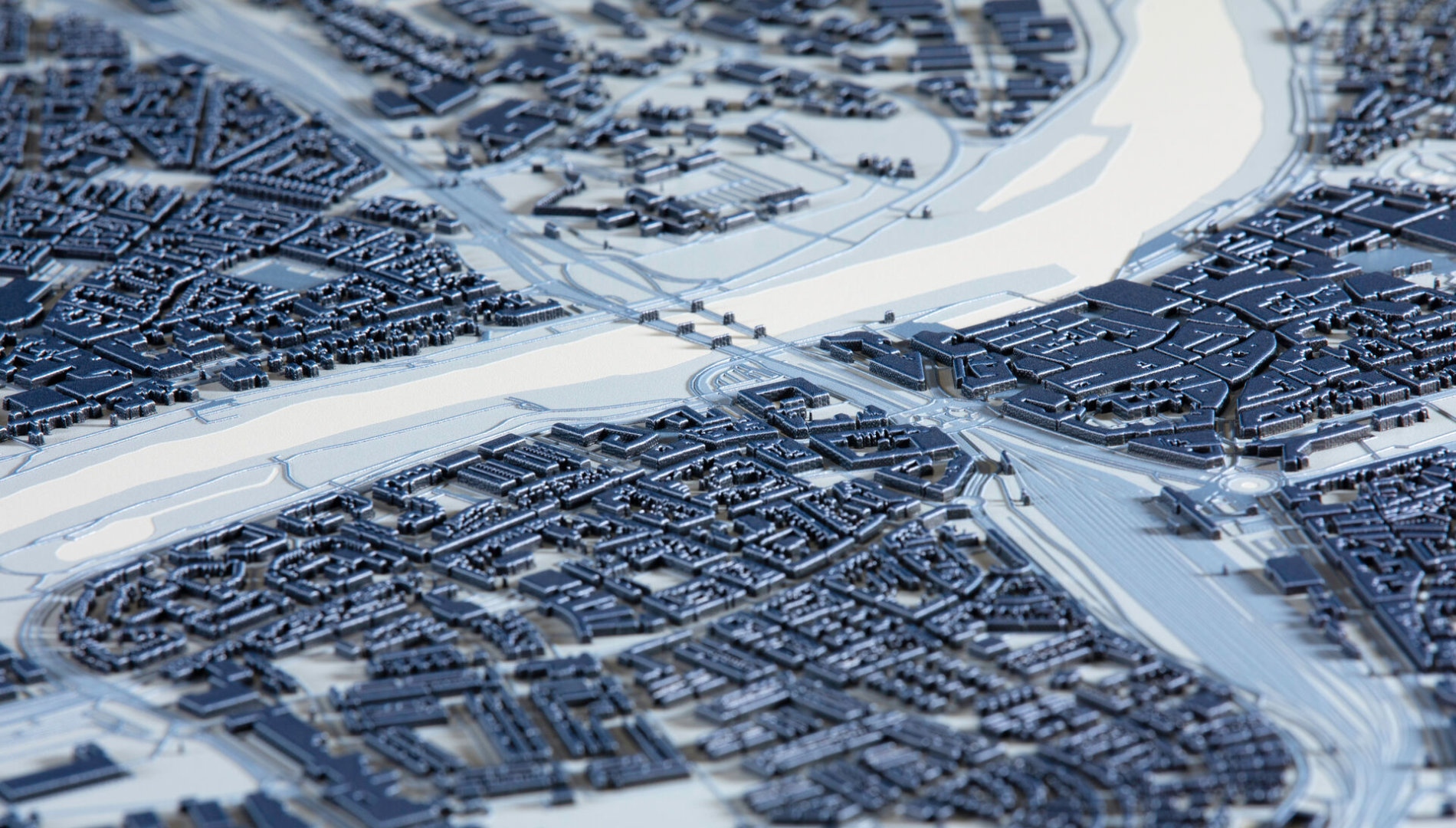
Elevated prints with unique patterns and rich textures
Canon probably needs no introduction.
Since 1937, the Japanese brand has been pushing the boundaries of visuality with its innovative imaging and optical tools, from the cameras favored by professional and amateur photographers to printers, copiers and scanners. What some may not know is that this versatile knowledge and experience is also applied to interior design.
At S/ALON BUDAPEST, you can admire Canon’s special wallpaper and floor prints, which open up new horizons in interior design and decoration, and even in fine art. Read more about those in our article, as well as designer Beáta Kiszely’s personal experiences and opinions on the subject.
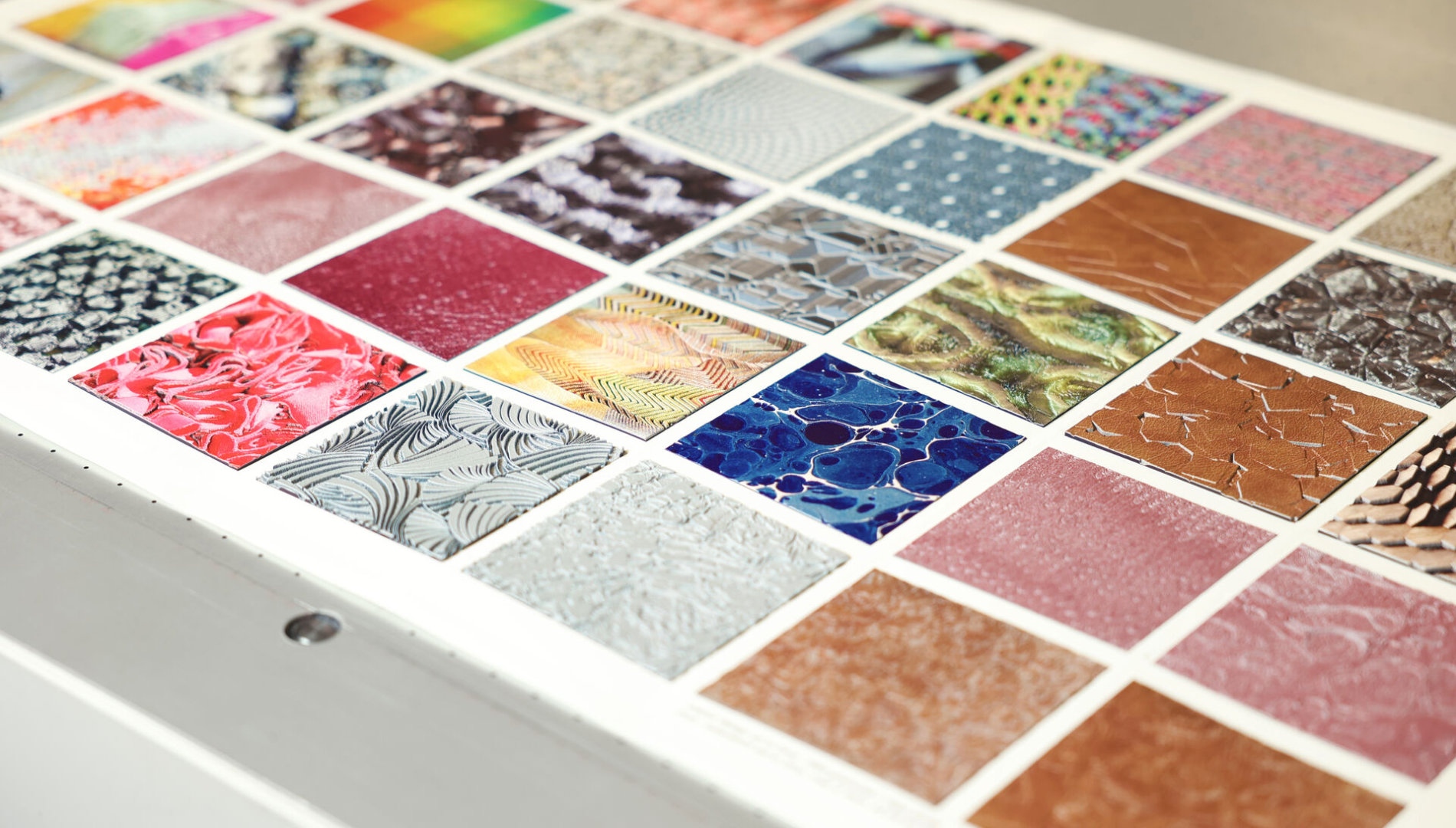
Technology at the service of creativity
As exciting as complex design projects are, they are also stressful. Apart from processing, incorporating and managing client requirements, you have to juggle supplier constraints and time, balancing on a tightrope stretched by budgets. Trial and error is not the way forward: you need solutions that can be delivered quickly, to a high quality standard, by reliable professional partners.
Canon’s interior decoration business is dedicated to giving back the flexibility that allows designers’ imaginations to soar again.
The roll-to-roll range of wide-format printers, flatbed UV printers that deliver exceptional quality at high print speeds, and the revolutionary UV gel technology itself, all serve this purpose.
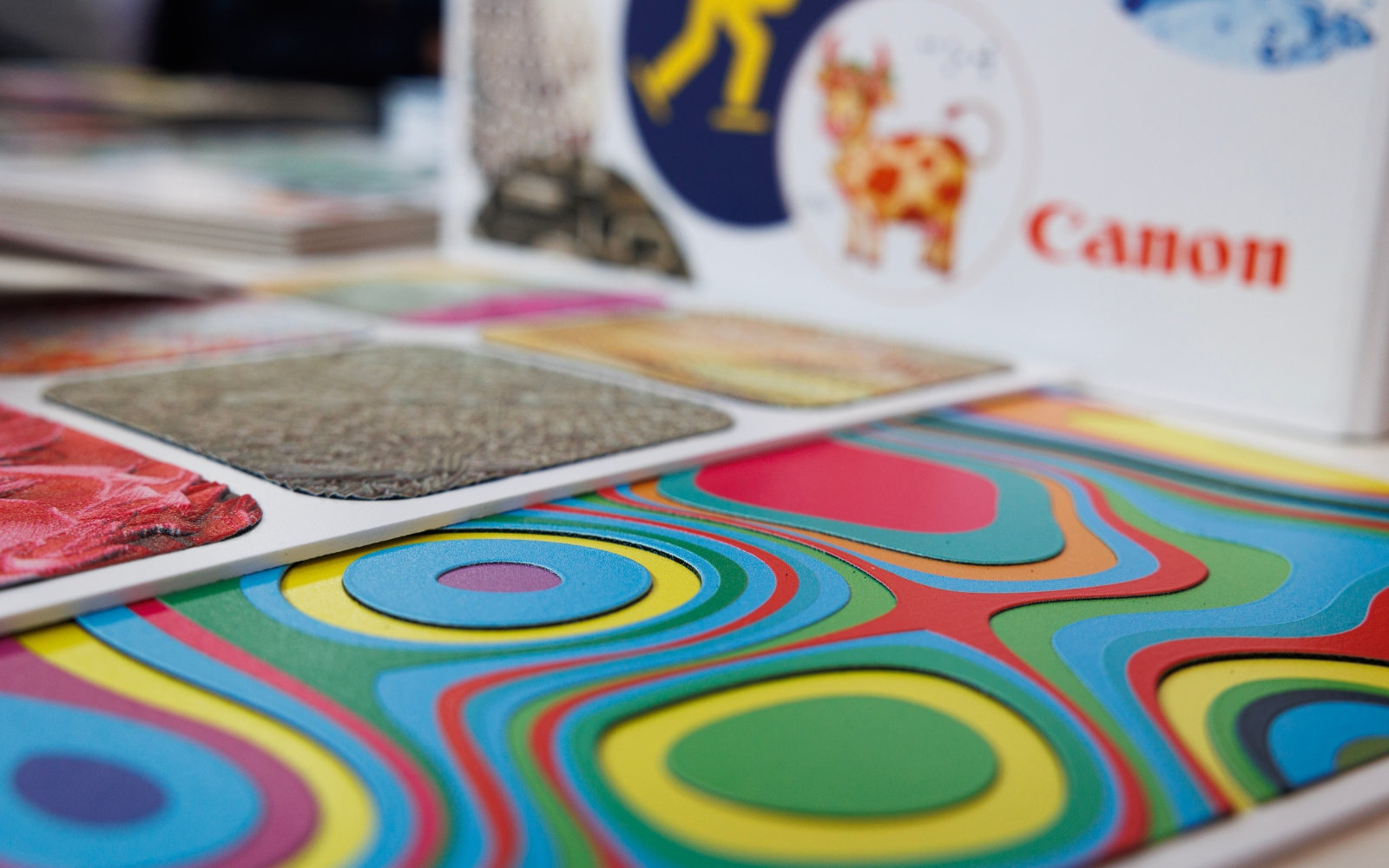
Canon’s UV gel is Greenguard Gold certified, which means it’s ideal for specialized spaces where hygiene is a priority, such as healthcare, education and kitchens. UV gel printing technology involves curing the ink under UV light at a constant temperature of between 28 and 33 degrees Celsius. This does not change the mechanical properties of the substrate - paper, wallpaper or vinyl - so that the wallpapers can be accurately applied. Once fixed, the UV-gel ink creates a durable, scratch-resistant surface that is easy to clean with water or household detergents, and can be processed and transported immediately after printing.
The use of Arizona flatbed printers with patented technology enables the printing of smart ink layers: a variety of textured decorative materials, signs, packaging and even Braille prints can be created.
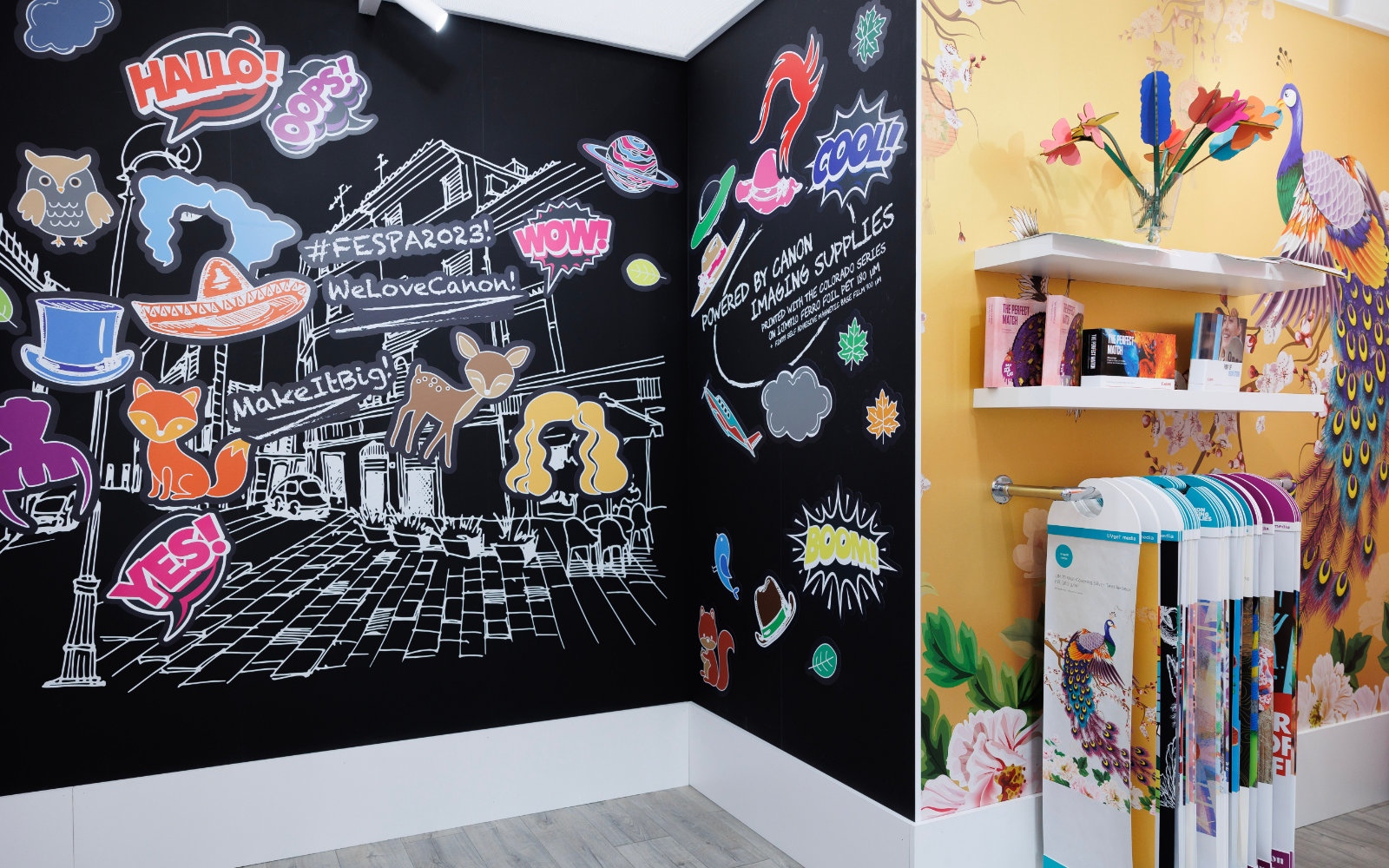
Through the eyes of the designer
You could see the interiors designed by Beáta Kiszely from the very beginning at the S/ALON BUDAPEST interior design fair. This year, the award-winning interior designer visited the FESPA (Federation of European Screen Printing Associations) international trade fair in Munich, which explored the possibilities and applications of print technologies.
"The 3D effect PRISMA elevate XL is what particularly stands out among Canon’s printing options. Not only is the versatility and uniqueness of the surface impressive, the tangible and tactile texture that emerges from the surface in 3D up to 2mm offers fantastic opportunities for the interior design industry.
Interior designers used to have a limited choice of finishes. Nowadays, however, almost any surface can be printed instantly – even in a single copy.
This shortens the distance in space and time between creative ideas and tangible reality.
I am originally a fine artist, so I see limitless possibilities in the wide range of materials and technologies available with a variety of surfaces with different effects, on which you can really print textures, motifs and patterns that are just as good as imaginative creations."
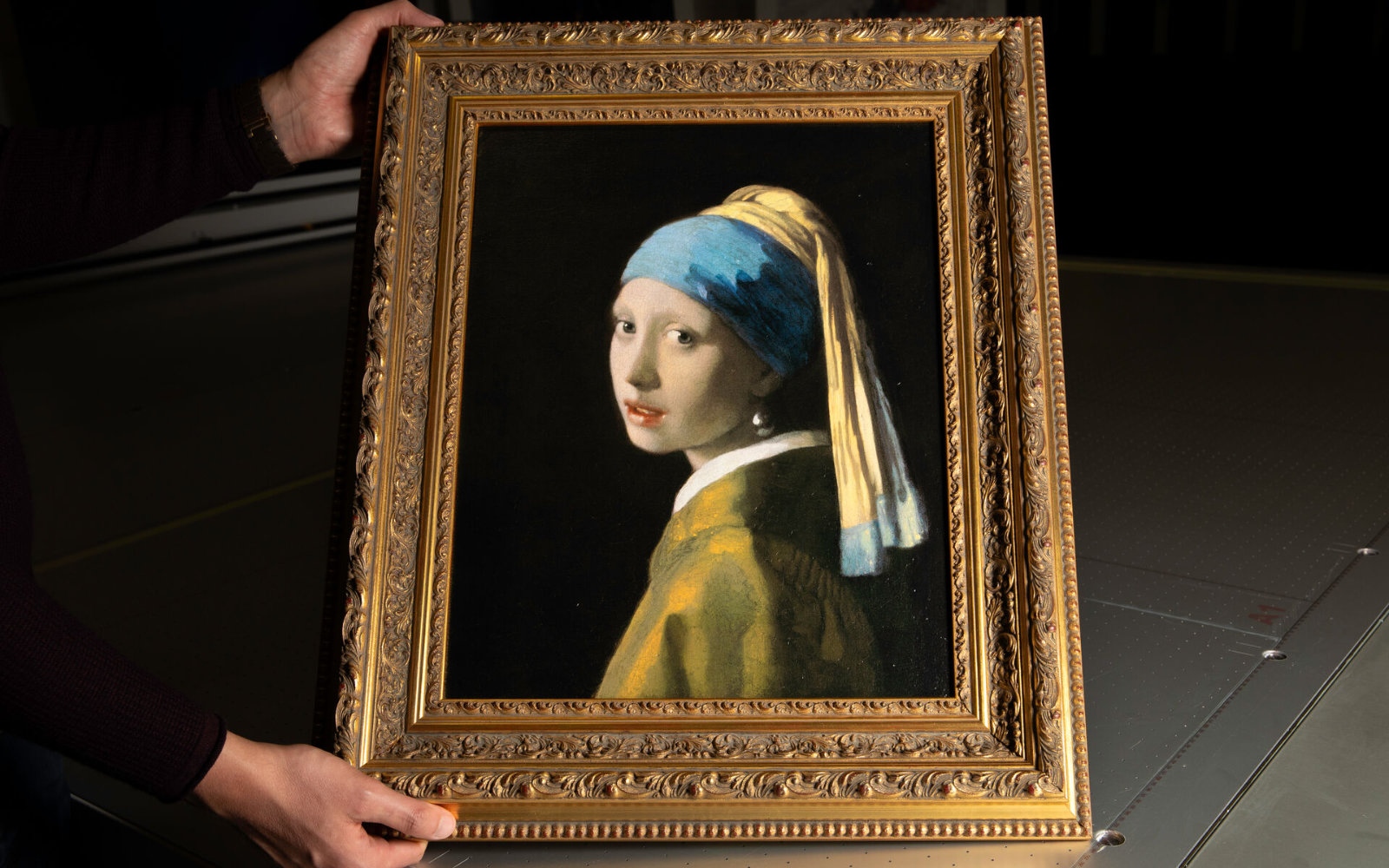
Who’s that girl?
Talking of fine art: the world-famous Mauritshuis Museum in The Hague recently invited Canon to take part in a unique project. Under the leadership of Mauritshuis’ paintings conservator Abbie Vandivere, they set out on an investigation in partnership with the Technical University of Delft and Hirox Europe. More specifically, they were looking for the answer to the question
What did Johannes Vermeer’s Girl with a Pearl Earring look like in 1665?
When Johannes Vermeer painted the portrait 358 years ago, in the Dutch Golden Age, the colors looked fresher than they do today. The painting was cracked and aged by natural fluctuations in temperature and humidity. To find out what the painting originally looked like, the Hirox team made a microscopic 3D scan of the artwork, and the university researchers used digital visualization to show the changes over time. Canon then printed the painting at 100 times magnification, allowing the public to see and even feel the details of the painting.
The largest print of its kind in the world was created using patented elevated print technology and the Arizona flatbed printer, which built up the artwork layer by layer using UV ink. The result is on display in the foyer of the Mauritshuis Museum in The Hague, freely accessible for all visitors to enjoy until 7 January 2024.
Join us at S/ALON BUDAPEST in September for an up-close look at these breathtaking new creations in Canon’s interior space, with a wealth of innovative and practical solutions alongside inspiring spaces. In the meantime, sign up to our newsletter, join our Facebook event and follow us on Instagram!

